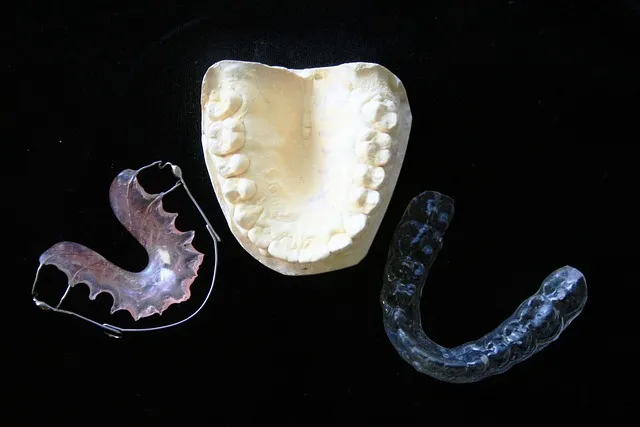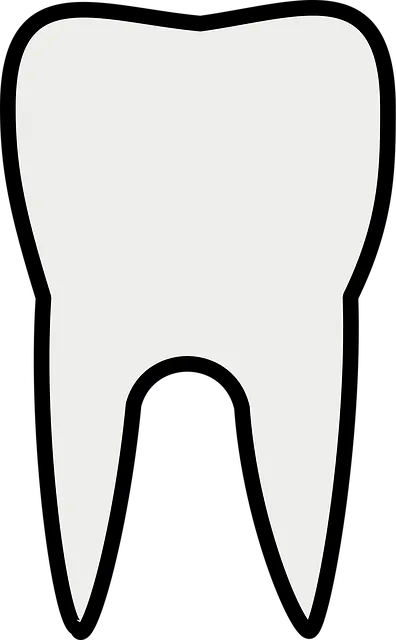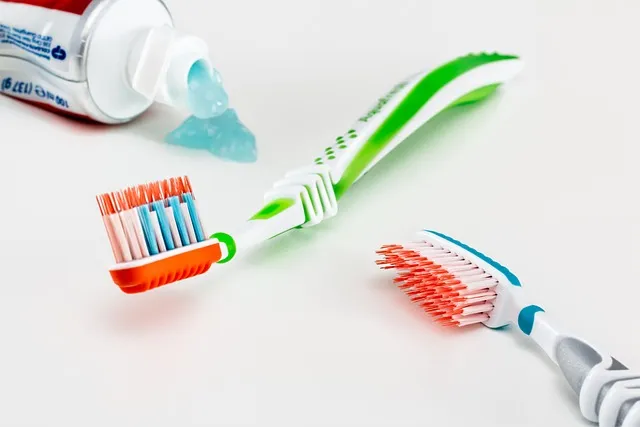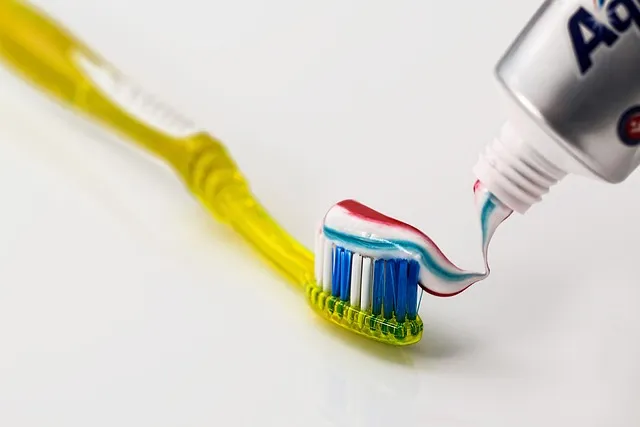Navigating Dental Fillings in McAllen: Risks, Preparation, and Care

Dental fillings in McAllen offer restorative solutions with considerations for amalgam vs composite…….
In the vibrant city of McAllen, Texas, dental health is a top priority for many residents. While dental fillings have long been considered a routine procedure for repairing damaged teeth, recent discussions have brought to light potential risks associated with this common practice. This article aims to delve into the multifaceted topic of dental fillings, exploring their impact, global implications, economic considerations, technological advancements, regulatory frameworks, and the challenges they present. By examining these aspects, we can gain a comprehensive understanding of the risks involved and work towards informed decisions regarding oral health care in McAllen and beyond.
Definition: Dental fillings refer to the process of restoring damaged or decayed teeth by filling the cavity with various materials, commonly composed of amalgam, composite resin, or ceramic. This procedure is a fundamental aspect of dental treatment, aiming to prevent further damage and restore oral functionality.
Core Components:
Historical Context: Dental fillings have evolved significantly over centuries. Ancient civilizations used materials like amber, gold, and even human teeth for repairs. The modern era introduced silver amalgam in the 1800s, followed by composite resins and ceramics in later decades, offering improved aesthetics and durability.
Significance: Understanding dental fillings is crucial as they are one of the most common procedures worldwide. According to the World Health Organization (WHO), dental caries (tooth decay) is a global health problem, affecting millions of people, especially in developing countries. Dental fillings play a pivotal role in managing this issue, preventing more severe oral health complications and improving overall quality of life.
International Influence: The concept of dental fillings has spread globally, with varying adoption rates and material preferences across regions. Developed countries often have access to advanced technologies and a wider range of filling options, while developing nations may rely more on traditional methods due to cost constraints.
Trends Shaping the Trajectory:
Regional Variations:
| Region | Predominant Filling Material | Key Factors Influencing Choice |
|—|—|—|
| North America & Europe | Composite resin and ceramic | Aesthetic preferences, advanced technology adoption, higher disposable income |
| Asia-Pacific | Amalgam and composite | Cost-effectiveness, availability, traditional preferences in some regions |
| Latin America & Africa | Silver amalgam (historically) | Limited access to modern materials, cost considerations |
Market Dynamics: The global dental fillings market is a significant segment within the broader oral care industry. According to Market Research Future (MRFR), this market is projected to grow at a CAGR of 5.2% from 2022 to 2029, reflecting increasing demand and technological advancements.
Investment Patterns: Dental clinics and hospitals invest heavily in modern equipment and materials to attract patients and offer high-quality care. In McAllen, this trend is evident with many practices adopting digital technologies to enhance filling procedures.
Cost Analysis: The economic impact of dental fillings varies globally due to differing material costs, labor rates, and healthcare systems. In the USA, for instance, fillings can range from $50 to $200 or more, depending on the size, type of material, and location. These costs are often covered by insurance policies, making routine fillings more accessible.
Economic System Integration: Dental fillings play a role in economic systems by contributing to:
Digital Revolution in Dentistry: Digital technologies have revolutionized dental practice, including fillings:
Impact and Future Potential:
Global Regulatory Frameworks: Dental fillings are regulated by national health authorities worldwide, ensuring safety and quality standards. These regulations cover material composition, manufacturing processes, and dental professionals’ qualifications for administering fillings.
US Regulations (FDA): The US Food and Drug Administration (FDA) oversees the approval and regulation of dental materials, including fillings. Manufacturers must demonstrate safety and efficacy through clinical trials before receiving FDA clearance.
Local Policies in McAllen: Local health departments in McAllen collaborate with state and federal agencies to set guidelines for dental practices, including quality assurance measures and patient rights. These policies ensure that dentists follow best practices when performing fillings.
International Collaborations: Global organizations like the WHO facilitate international cooperation on dental health standards, promoting evidence-based practices and sharing research findings related to dental fillings.
Common Concerns:
Proposed Solutions:
Case Study 1: Community Dental Clinic in McAllen
A community dental clinic in McAllen implemented a comprehensive program offering free or low-cost fillings for low-income families. This initiative:
Case Study 2: School-Based Dental Program (Brazil)
A successful program in Brazil provided dental fillings and other services at schools, targeting children from low-income families. Key takeaways include:
Emerging Trends:
Growth Areas:
Strategic Considerations:
The potential risks associated with dental fillings in McAllen, as in other parts of the world, are multifaceted and complex. From technological advancements to economic considerations, regulatory frameworks, and community health impacts, each aspect plays a crucial role in shaping the future of this common dental procedure. By understanding these factors, McAllen’s dental community can navigate the challenges, embrace emerging trends, and continue providing high-quality care that meets the diverse needs of its residents.
Q: Are dental fillings safe?
A: Dental fillings are generally considered safe when placed by qualified professionals using approved materials and techniques. Modern fillings have undergone rigorous testing for safety and effectiveness. However, as with any medical procedure, there are potential risks, and ongoing research helps us understand these better.
Q: Can dental fillings last a lifetime?
A: While modern fillings can last many years, they may still need to be replaced over time due to wear, damage, or the tooth’s natural growth and changes. Regular dental check-ups are essential to monitor filling health and plan for necessary replacements.
Q: How do I know if I need a filling?
A: A dentist will perform an examination, including X-rays, to determine if you have a cavity that requires a filling. Common signs include tooth pain, sensitivity, swelling, or visible damage. Regular dental check-ups can help catch issues early, often preventing the need for more extensive treatments.
Q: Are there any alternatives to traditional fillings?
A: Yes, alternative options include inlays, onlays, and crowns, which are suitable for larger cavities or areas of significant tooth wear. Additionally, new technologies like direct resin filling systems offer quick, conservative options for smaller lesions.
Q: Can dental fillings affect my overall health?
A: Properly placed dental fillings do not typically affect overall health. However, untreated dental infections can lead to systemic issues, including inflammation and potential links to conditions like heart disease and diabetes. Maintaining good oral health through regular care is essential for overall well-being.

Dental fillings in McAllen offer restorative solutions with considerations for amalgam vs composite…….

Dental fillings in McAllen by Dr. Cazares offer oral health solutions but carry potential risks, suc…….

Dental fillings in McAllen carry potential risks, including allergic reactions, post-procedure sensi…….

While modern dental fillings in McAllen are generally safe with proper care, understanding potential…….

Dental fillings in McAllen carry potential risks like longevity issues, sensitivity, and decay. Regu…….

Dental fillings in McAllen, while common, pose risks like leaks causing decay and toxicity concerns…….

Dental fillings in McAllen carry risks varying by material, with amalgam concerns regarding mercury…….

Dental fillings in McAllen offer solutions for damaged teeth with options like composite resin, amal…….

Dental fillings in McAllen offer restoration but face potential risks including material failure and…….